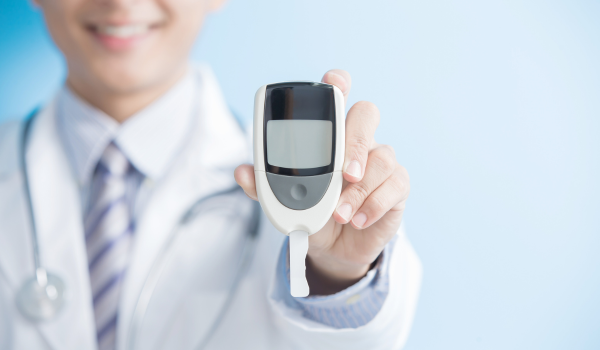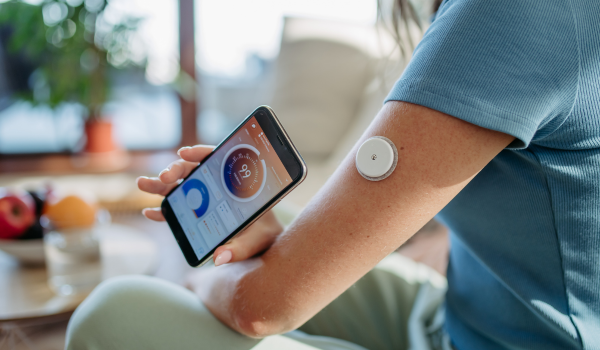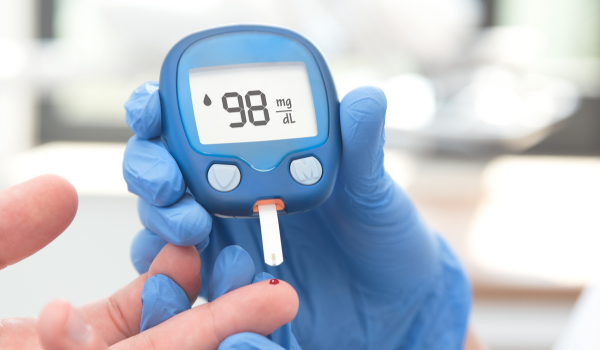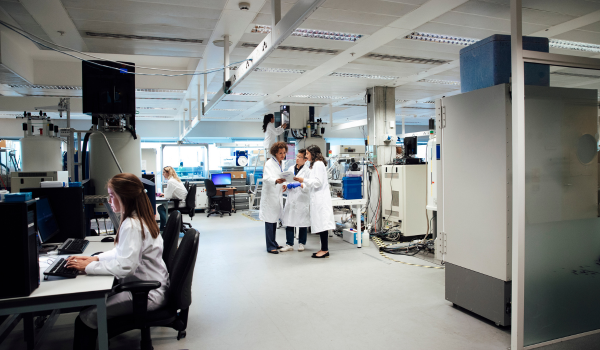
Why a Cure Matters
Type 1 diabetes is a lifelong autoimmune condition where the body destroys its own insulin-producing beta cells in the pancreas. Without insulin, blood sugar rises dangerously high, and patients must rely on daily injections or insulin pumps.
Current treatments manage the disease but do not eliminate its cause. The dream of a cure remains powerful—freeing millions from the constant burden of blood sugar monitoring, carb counting, and insulin adjustments. Researchers around the world are working tirelessly to turn this dream into reality.
Progress So Far
Over the last century, care has transformed dramatically. The discovery of insulin in the 1920s turned type 1 diabetes from a fatal condition into a manageable one. Later, blood glucose meters, insulin analogs, and continuous glucose monitors (CGMs) further improved outcomes.
While these tools extend life and reduce complications, they remain treatments—not cures. Research now focuses on ways to stop the autoimmune attack, replace destroyed beta cells, or reprogram the immune system.
Immunotherapy
Since type 1 diabetes begins as an autoimmune condition, one research pathway involves controlling the immune system. Immunotherapy seeks to:
-
Prevent the immune system from attacking beta cells.
-
Slow or stop disease progression in newly diagnosed patients.
-
Reduce the need for lifelong insulin.
Some drugs aim to retrain immune cells, while others block specific inflammatory signals. Clinical trials show promise, but long-term safety and effectiveness remain under study.
Beta Cell Regeneration
Another promising area is regenerating beta cells. Scientists are exploring whether the pancreas can be encouraged to regrow insulin-producing cells or whether stem cells can be transformed into new beta cells.
Approaches include:
-
Stimulating the body’s own cells to repair or replace beta cells.
-
Transplanting lab-grown stem cell–derived beta cells into patients.
-
Using protective coatings or devices to shield new cells from immune attack.
Early studies suggest real potential, though large-scale solutions are still in development.
Islet Transplants
Islet transplantation involves taking clusters of insulin-producing cells from donor pancreases and implanting them into people with type 1 diabetes.
Advantages:
-
Some patients achieve insulin independence for years.
-
Provides natural glucose regulation instead of injections.
Challenges:
-
Shortage of donor organs.
-
Risk of immune rejection.
-
Need for lifelong immunosuppressive drugs.
Despite these obstacles, researchers are refining transplant techniques to increase safety and durability.
Stem Cell Therapy
Stem cells may hold the key to creating unlimited supplies of insulin-producing cells. Scientists can now reprogram stem cells into functional beta cells, which could be transplanted into patients.
Recent clinical trials using stem cell–derived implants have shown encouraging results, with some patients producing their own insulin again. Protecting these cells from immune attack remains the biggest challenge, but new encapsulation devices show progress.
Artificial Pancreas
While not a biological cure, artificial pancreas systems represent a major leap forward. These closed-loop systems combine continuous glucose monitors with insulin pumps, using algorithms to automatically adjust insulin delivery.
Patients using artificial pancreas technology spend more time in the target glucose range, experience fewer highs and lows, and enjoy greater freedom.
Future systems may incorporate dual-hormone delivery (insulin and glucagon) for even better control, approaching the function of a real pancreas.
Gene Therapy
Gene therapy offers another exciting pathway. By modifying specific genes, scientists hope to:
-
Protect beta cells from immune attack.
-
Enhance the function of remaining beta cells.
-
Reprogram other pancreatic cells to produce insulin.
While still experimental, advances in genetic editing tools like CRISPR bring new possibilities closer to reality.
Vaccines for Prevention
Researchers are also exploring whether vaccines can prevent type 1 diabetes in high-risk individuals. These vaccines aim to train the immune system to tolerate beta cells instead of attacking them.
If successful, vaccines could stop the disease before it develops, protecting children and young adults who are genetically predisposed.
Personalized Medicine
The future of diabetes care will likely involve personalized approaches. Genetic, immune, and metabolic profiling can help identify:
-
Who is at highest risk of developing type 1 diabetes.
-
Which treatments or preventive strategies will work best for each individual.
This precision medicine approach could make future therapies more effective and safer.
Global Research Efforts
Around the world, organizations such as the Juvenile Diabetes Research Foundation (JDRF), the American Diabetes Association (ADA), and international biotech companies are funding and conducting groundbreaking studies.
Collaboration between universities, hospitals, and pharmaceutical companies accelerates progress, bringing new treatments closer to approval.
Challenges Ahead
Despite progress, several challenges remain:
-
Preventing immune rejection of transplanted or regenerated cells.
-
Ensuring long-term safety of gene and stem cell therapies.
-
Making cures accessible and affordable to all patients.
-
Addressing the emotional and psychological impact while waiting for breakthroughs.
Realistically, a universal cure is not yet available, but significant strides continue each year.
The Role of Technology Now
Until a cure arrives, technology remains the strongest tool for management. Continuous glucose monitors, insulin pumps, smart pens, and data-driven apps give people better control than ever before.
While not a permanent solution, these tools reduce complications and improve quality of life, bridging the gap between treatment and cure.
What Patients Can Do
While waiting for research breakthroughs, people with type 1 diabetes can protect their health by:
-
Monitoring blood sugar consistently.
-
Taking insulin as prescribed.
-
Staying active and eating balanced meals.
-
Attending regular medical checkups.
-
Seeking emotional support and staying connected to the diabetes community.
These habits minimize risks and prepare patients to benefit from future treatments.
The Bottom Line
The future of type 1 diabetes research is bright. From immunotherapies and stem cell implants to artificial pancreas systems and genetic breakthroughs, science is advancing rapidly.
While there is not yet a cure, every step forward brings us closer. In the meantime, technology and healthy management strategies allow people with type 1 diabetes to live full, active lives. Hope remains strong that one day, type 1 diabetes will be a condition of the past.


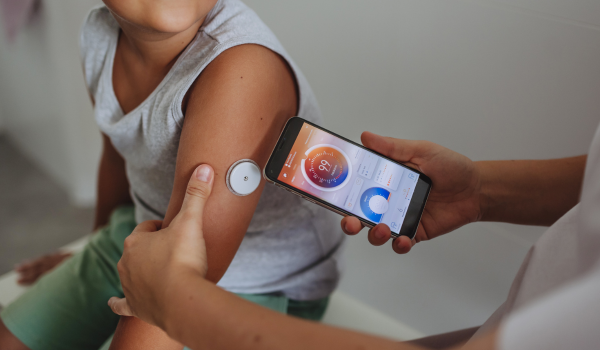





.png)





